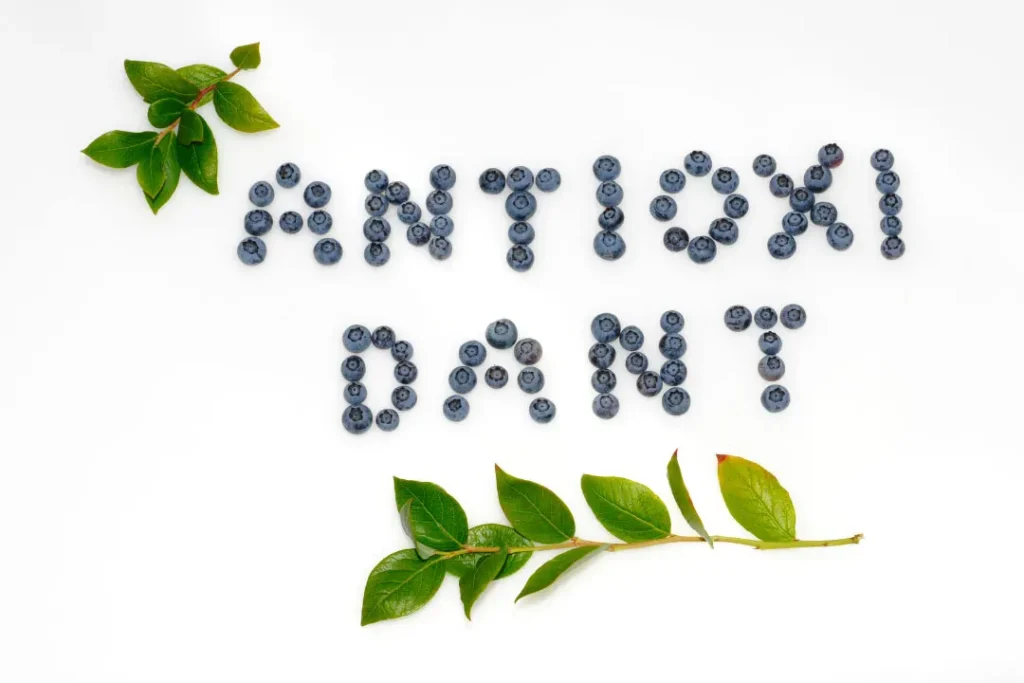A common perennial plant that grows all throughout the Northern Hemisphere, fireweed is also known as rosebay willowherb and goes by the scientific name Chamaenerion angustifolium. This vibrant plant has many therapeutic qualities in addition to being visually beautiful, making it a valued asset in traditional medical systems across the world. This page seeks to shed light on the nature of fireweed, outline the health advantages it gives, determine the ideal dosage, pinpoint any potential adverse effects, look into possible drug interactions, and provide other significant information relevant to its responsible and most efficient use.
You May Also Like:
Diamond CBD Gummies vs. Joy Organics CBD Gummies
CBD for Concentration: The Productivity Hack for Energy and Focus
Fireweed: Benefits, Dosage, Side Effects, Drug Interactions, and Other Important Information is an original (NootropicsPlanet) article.
Nature of Fireweed
A tall, perennial herb known as fireweed gets its name from its propensity to colonize newly disturbed sites, such as those scorched by forest fires, by using its vivid pink blooms and long, thin leaves. Fireweed’s strong chemical makeup, not its attractive surface, is what gives it its genuine worth.
Numerous bioactive substances, including phenolic acids, flavonoids, tannins, and anthocyanin cyanidin, are present in abundance in the plant. A lot of phenolic acids, such as gallic and ellagic acids, flavonoids, like quercetin and kaempferol, and a lot of tannins, especially proanthocyanidins, are present in the plant.
Health Benefits of Fireweed
- Antioxidant and Anti-Inflammatory Properties: Fireweed contains phenolic acids and flavonoids that have strong antioxidant activity. These compounds reduce oxidative stress by scavenging dangerous free radicals. These substances also have anti-inflammatory effects, which control inflammation by preventing the synthesis of cytokines that promote inflammation.
- antibacterial qualities: Due to the presence of tannins and phenolic chemicals, which can prevent the growth and spread of some dangerous bacteria and fungi, fireweed also has antibacterial qualities.
- Possibilities for Anticancer Effects: Initial studies have shown that the bioactive components in fireweed, notably the phenolic acids, and flavonoids, may have anticancer effects by causing apoptosis and reducing the growth of some cancer cells. However, this possible health advantage is being researched and needs to be clarified by extensive scientific study.

Chemistry of Fireweed
The therapeutic value of Chamaenerion angustifolium depends on a wide variety of bioactive substances. Phenolic acids, flavonoids, tannins, and anthocyanins are what the plant’s chemical makeup is mostly made up of.
Phenolic acids are aromatic secondary plant metabolites that act as strong antioxidants, examples of which are gallic acid and ellagic acid. Quercetin and kaempferol, two flavonoids known for their anti-inflammatory, antioxidant, and anticancer activities, are among the substances found in fireweed’s flavonoid profile. Proanthocyanidins, in particular, are polyphenolic compounds called tannins that have been found to have powerful anti-inflammatory and antibacterial properties. The plant’s ability to act as an antioxidant is improved much more by the anthocyanin cyanidin.
Physiological Mechanisms of Action of Fireweed
The health benefits of fireweed primarily result from its antioxidant, anti-inflammatory, antimicrobial, and potential anticancer properties, which are closely tied to the physiological mechanisms of action of its bioactive compounds.
- Antioxidant Mechanisms: Fireweed contains powerful antioxidants in the form of phenolic acids, flavonoids, tannins, and anthocyanins. By neutralizing reactive oxygen species, they reduce oxidative stress and the cellular damage it causes. Their capacity to donate electrons or hydrogen atoms, which efficiently neutralize free radicals, accounts for a large portion of their antioxidant action.
- Inflammatory Control Mechanisms: Fireweed’s flavonoid components are principally responsible for its anti-inflammatory properties. By preventing the synthesis of pro-inflammatory cytokines and mediators, these substances regulate the inflammatory response and lessen inflammation at the cellular level.
- Antimicrobial Mechanisms: Fireweed’s phenolic chemicals and tannins, which can prevent some bacteria and fungus from growing and surviving, are what give it its antimicrobial effects. These substances break cell membranes and interfere with microbial metabolism, which prevents microbial development.
- Potential Anticancer Mechanisms: According to a preliminary study, fireweed’s bioactive components may have anticancer properties by causing apoptosis and reducing the growth of certain cancer cells. These proposed anticancer processes, however, need more scientific study.

Optimal Dosage of Fireweed
An ideal fireweed dose has not yet been widely determined due to the dearth of substantial clinical investigations including human participants. According to historical usage trends, a tea made from 1-2 grams of dried fireweed leaves and taken 1-3 times per day might be a good place to start. However, this dose may change based on the user’s age, state of health, and the particular application. A healthcare practitioner should be consulted before beginning any new dietary supplement plan.
Side Effects of Fireweed
When used properly, fireweed is often regarded as safe for the majority of individuals. On the other hand, overindulging may result in gastrointestinal discomfort including nausea, vomiting, and diarrhea. Additionally, people who have already experienced allergies to plants in the Onagraceae family should use them cautiously as they may be more vulnerable to allergic responses.

Potential Substance Interactions with Fireweed
Other substances, including prescription medications and other herbal supplements, may interact with fireweed. Fireweed may possibly increase or interfere with the effects of drugs with comparable capabilities since it contains bioactive components with strong antioxidant and anti-inflammatory properties. When incorporating fireweed or any herbal supplement into a routine that already includes other prescriptions or supplements, it is always advisable to speak with a healthcare professional.
Best Responsible Use of Fireweed
Despite having the appearance of a straightforward perennial plant, fireweed has a wide range of health advantages because of its complex and rich bioactive makeup. The plant clearly has a lot of potential for natural health and well-being, even though more study is needed to determine the best dose, potential side effects, and drug interactions. As usual, responsible and knowledgeable use under the supervision of a licensed healthcare practitioner is highly advised.

Fireweed:
Conclusion
Fireweed has been found to have antioxidant, anti-inflammatory, and antimicrobial properties which can effectively neutralize free radicals and curb microbial development. With its vibrant pink blossoms and rapid colonization of disturbed landscapes, fireweed holds both ecological and health significance. Its place in traditional herbal practices is a norm as numerous health-advancing bioactive substances can be found in fireweed. It is extremely important to note that different people may have different dosage intakes and we must make sure that the dose we are taking suits our unique circumstances.
Aside from that, it is recommended to use fireweed responsibly by consulting a properly licensed healthcare provider and sourcing fireweed from trustable sources.
References:
- Therapeutic Potential of Polyphenols from Epilobium angustifolium (Fireweed). Retrieved from:https://www.ncbi.nlm.nih.gov/pmc/articles/PMC5045895/
- Effect of Different Durations of Solid-Phase Fermentation for Fireweed (Chamerion angustifolium (L.) Holub) Leaves on the Content of Polyphenols and Antioxidant Activity In Vitro. Retrieved from: https://www.ncbi.nlm.nih.gov/pmc/articles/PMC7070727/
- Biological Activity of an Epilobium angustifolium L. (Fireweed) Infusion after In Vitro Digestion. Retrieved from: https://www.ncbi.nlm.nih.gov/pmc/articles/PMC8839289/
Important Note: The information contained in this article is for general informational purposes only, and should not be construed as health or medical advice, nor is it intended to diagnose, prevent, treat, or cure any disease or health condition. Before embarking on any diet, fitness regimen, or program of nutritional supplementation, it is advisable to consult your healthcare professional in order to determine its safety and probable efficacy in terms of your individual state of health.
Regarding Nutritional Supplements Or Other Non-Prescription Health Products: If any nutritional supplements or other non-prescription health products are mentioned in the foregoing article, any claims or statements made about them have not been evaluated by the U.S. Food and Drug Administration, and such nutritional supplements or other health products are not intended to diagnose, treat, cure, or prevent any disease.


